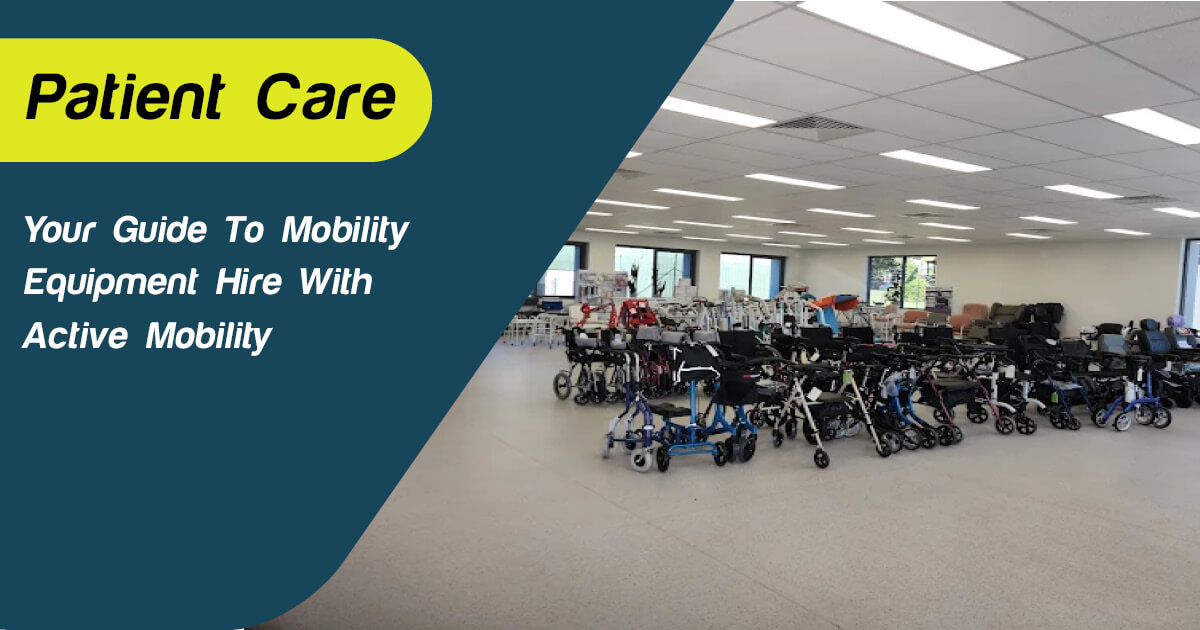
Share
Crutches are useful walking aids as they can be used as a way to aid people living with disability or for those that are recovering from injuries that prevents them from walking unassisted. They can be used in a rehabilitation setting and can be carried anywhere including home and shopping malls. However there are many crutches available and it may be difficult to use them at first properly, that’s why Active Mobility has created a short article on how to use crutches and more importantly how to measure them so you get the right crutch for the right person.
Underarm (axilla) crutches are commonly used following an acute, short-term injury and may be recommended for those who are only able to bear weight on one leg. Forearm (or elbow) crutches may not be quite as stable with a full load and are commonly recommended in situations of long-term use for those who can bear weight on both legs, but who require the additional support.
When using crutches, weight should be taken through the hands via the hand pads. For underarm crutches, the top pad of the crutch should be pressed against the side of the chest wall (approximately 5cm under the armpit). It is important that the crutches are not positioned high against the armpit as this can cause damage to nerves and blood vessels located close to the skin and can also affect posture, balance and stability. Crutches should be positioned slightly to the side and forward of the body for a stable base of support.
To set the correct height of underarm crutches, place the top axilla pad approximately 5cm (2–3 finger widths) under the armpit and extend the crutch to a point on the ground approximately 15cm out from the side of the foot. In this position the handgrip should then be adjusted to sit approximately at the height of the wrist crease. This should allow for around 15–30 degrees of bend at the elbow.
For elbow crutches, measure the handle height as with underarm crutches. To set the height of the forearm cuff, measure from a clenched fist to 2.5cm below the elbow crease. The forearm cuff should not impede upon elbow movement but should stop the crutch from slipping off the arm.
There are many different ways to use crutches depending on balance and the ability to place weight on one or both legs. If the affected leg can hold some body weight, then it is recommended that the crutches and the affected leg be placed forward together approximately one step length (sharing the load between them) followed by the unaffected leg.
Another option is to use a four point walking pattern, which is slower but may assist with safety for general weakness.
This involves putting one crutch forward, then the opposite leg, and then the next crutch forward, followed by the final leg and continue with this pattern.
If balance is poor and no weight can be taken on the affected leg, then it is suggested that both crutches be put forward first, followed by a hop forwards of the unaffected leg, stopping just behind the crutches and keeping the affected leg clear of the ground. If balance is good then the hop can swing past the level of the crutches, which will increase speed and fluency.
To climb up stairs and steps, lift the unaffected leg up to the step first while taking weight on the crutches, and then bring the crutches and the affected leg onto the step second. To go down, lower the affected leg and the crutches down the step first followed by the unaffected leg second.
Active Mobility has a wide range of disability aids that can help you live life to the fullest. Our range of crutches caters to all persons regardless of age or disability. Furthermore we also have mobility equipments for the elderly such as mobility scooters, walking frames and walkers. Come see what we have to offer on our website.









